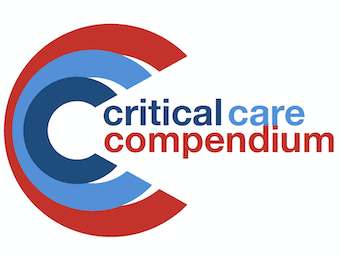
Pre-eclampsia and Eclampsia
Pre-eclampsia and Eclampsia: multisystem disorder of pregnancy characterised by hypertension and organ system derangement; defective trophoblast invasion of the spiral arteries and abnormal trophoblast differentiation.

Pre-eclampsia and Eclampsia: multisystem disorder of pregnancy characterised by hypertension and organ system derangement; defective trophoblast invasion of the spiral arteries and abnormal trophoblast differentiation.

Pregnancy and Intensive Care: Common reasons for admission include hypertensive disorders; haemorrhage; respiratory failure; sepsis; trauma

Trauma and Pregnancy: leading cause of non-obstetric maternal mortality -> also has a high chance of fetal loss; ATLS approach (primary and secondary survey) including safe transport to trauma centre with obstetric care.

Venous thromboembolism in pregnancy: 25% of maternal mortality; x 5 increase in risk (venous stasis, hypercoaguable, vascular injury from delivery)

Paediatric Rapid Sequence Intubation. RSI is used to secure the airway quickly with an endotracheal tube and to prevent chance of regurgitation and aspiration

Paediatric Access Options in Cardiac Arrest

Inhaled Foreign Body: passage of a foreign body into the respiratory tract; potentially life-threatening

Early Management of the Critically Ill Child: most common cause is sepsis; always think of congenital conditions though (heart disease or metabolic disorders)

Superior vena cava (SVC) obstruction impairs venous return through the SVC to the right atrium and has many causes, usually mediastinal masses or complications of SVC lines

Coarctation of Aorta: congenital condition characterised by narrowing of the aorta near the site where the ductus arteriosus (ligamentum arteriosum after regression) inserts.

Pulmonary Toxicity of Chemotherapy

Neurological Toxicity of Chemotherapy: Encephalopathy; Cerebellar Syndrome; Myelopathy; Peripheral Neuropathy; Stroke and Venous Thrombosis; SIADH